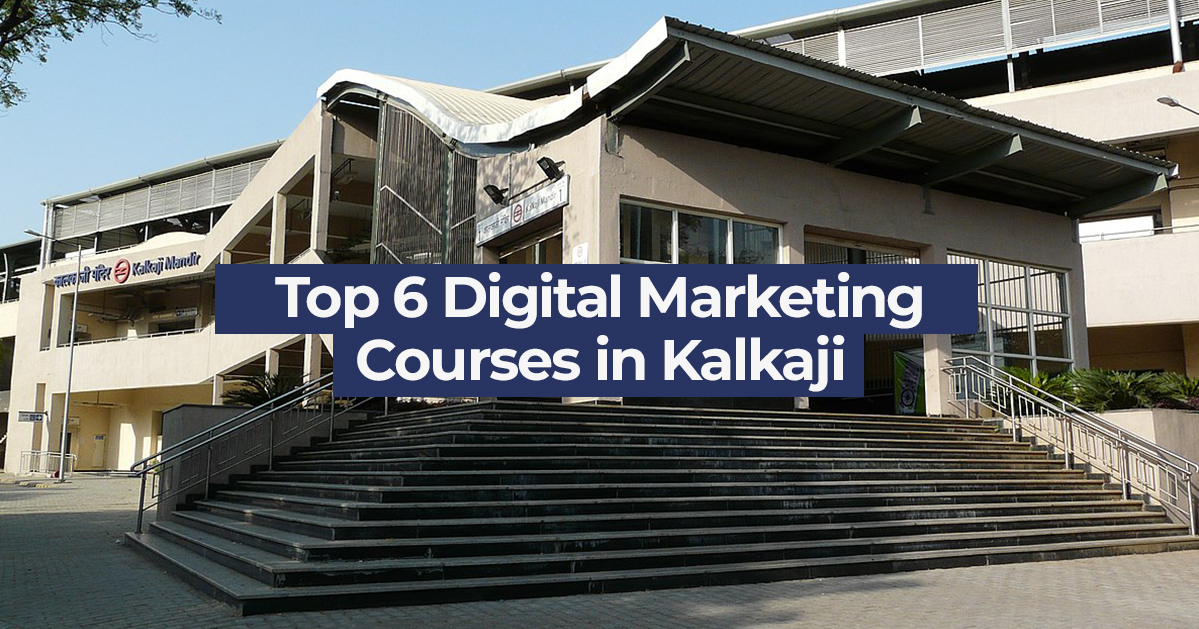Google BERT is the latest search algorithm of Google for NLP i.e. Natural Language Processing.
The web search engine’s popularity came into being owing to queries that seem to be endless.
15 % of the total searches are new amongst the registered searches that notch up billions per day.
This has led to the building of ways to return conclusive results that one can’t foresee. Queries that are run on search engines are often inconclusive. From incomplete sentences to grammatical errors, people often do not know how to formulate a search and hence need thorough refining.
Search defines the ways of understanding a language. Search engines are to run a search irrespective of how one spells or combines words to create a query. The information sourced should decipher the exact relatable results. Often this procedure gets rigged results.
This is owing to the complex nature of the query or due to failure in understanding conversational lingo. The sole reason why keywords come into the picture is why utilizing a string of words is handy and filters out inconveniences.
According to Google, BERT assists in a better understanding of the nuances and context of words in searches.
Google Bert is one of the biggest changes brought in by Google in its search system five years down the line since it launched RankBrain. Targeted at impacting the results of 1 in every ten queries, it is what future search engine frameworks would be based on.
BERT (Bidirectional Encoder Representations from Transformers) Model
The latest advancements in language sciences have led to the greatest developments in machine learning capabilities. This improvisation has brought forward a giant leap when compared to the last five years. The most significant of which is Google Bert.
The year 2019 saw a technique based on neural networks gaining prominence. This was created for pretraining natural language processing or NLP and termed as Bidirectional Encoder Representations from Transformers or, shortly, Google Bert.
A year preceding the launch of Google Bert, a huge uproar was created in the mainstream media due to the heavy frenzied activity concerning production searches.
The AI blog on Google has a more detailed and sourced format defining the same. This was developed with the hindsight of enabling anyone with the training to their very own avant-garde question & answering system.
The breakthrough in the case of Bert update was all due to the research work targeting transformers.
A model that is deciphered for processing words. That ascertains by relating to all words put together at once rather than searching for each singular word.
Google Bert is a tool that helps decode the language of computers, more like how humans would do.
The consideration of full contexts in words by figuring out the prefixes and suffixes is what the Google Bert Update is envisaged for. The target all along has been understanding the intent of searches for each of the queries.
Studies showcase that Bert Algorithm will impact ten percent of all searches or queries.
The ranking impact for most organic searches featuring snippets all come under one umbrella. It is not just a simple change or an updated algorithm, but a framework for natural language processing in totality defines Google Bert.
The communities for machine learning and natural language processing are overwhelmed with the burden taken away from their shoulders, all thanks to Google Bert. The heavy lifting is now carried out for research work related to all forms of natural languages.
The added feature is pretraining on many words, and the Google Bert Update comes packed with twenty-five hundred million words from Wikipedia in English. The progress needed is not just in the case of the software but for hardware as well.
It is directed at how Google Bert can assist in building models that can tacitly push limits and, in doing so, needs the traditional systems of hardware. It highlights why the latest technology utilizes Cloud TPUs to cook up search statistics and get information relevant to the platter.
To give a conclusive study, Google Bert is an approach earmarked at handling tasks relating to entity recognition, tagging through parts of speeches, and the question-answer model.
The Google Bert Update helps in simplifying the natural languages at play and assists Google in searches.
Google helms sourcing this very technology, thereby creating a niche for itself and whereas others only seem to have followed in the footsteps of copying Google Bert and presenting several variations.
Google BERT & How SEO works
The studies have determined that Google Bert is not going to be of any help for websites that rank poorly in terms of context. This newest tool’s basic job, which improvises understanding the varied natural language processing and its tasks, could undermine statistics.
It will be in case the focus of a page stands weak. Though Google Bert beats understanding humans and their linguistics, arguing that sloppy versions do not find relevance for the minutest of speech differences.
However, the bidirectional nature of Google’s search tool allows improvement of contexts in case of running into problems grammatically.
Take, for example, the placement of pronouns. However, the Google Bert Update needs to work on emphasizing the importance of building clearer structures. It starts by converting unstructured data to structured. Additionally, pages that are lighter in terms of content seek utilization of cues through internal links wherein image-heavy pages gain prominence.
Improvising BERT & Search Queries
SEO or Search Engine Optimization gains prominence when words are utilized precisely. Google Bert Update improvises the context of Google understanding queries. Bert helps in the analysis of the queries related to the search, excluding slipshod material.
Bert Algorithm Update acts as a plugin of WordPress where it starts but keeps on improvising through customizations.
An example to understand how the application works in refining searches and removing inconsistencies would be, to take, for example, the word “book,” which has different meanings.
Hence explaining the context of why and where the word is used explains it; otherwise, it just simply means kind of nothing. Google Bert works on taking contexts into the frame.
It is also true in varied countries or states where a certain word in one country could have almost a different meaning in another. Bert Algorithm Update works on words, and their role plays substantially. Words seem to have a problem everywhere.
The more content is churned out, the more aversions to the context of the usage of words have cropped up.
It could be the reason why there are more ambiguities. Also, more words are found to be polysemous as well as synonymous. Google Bert works on solving ambiguities in phrases to sentences that boast multiple meanings.
The complexity doubles up when the spoken word comes to play, from the usage of homophones to prosody.
The functionality of Google BERT
Natural Language Disambiguation works in filling gaps between entities. It is true for Bert Algorithm Update, which works on models trained to categorize larger corpora of texts and loads. The vector spaces are built through similarities in the distribution of a certain set of words by embedding.
Take, for example, words that connect like co-education, co-worker, co-author, etc. This set of words aligns with a context and almost changes the meaning in its entirety. Some words could be termed as similar versions of each and find extreme connection, as in likeness and alike.
The models of Natural Language Processing & Google Bert weigh on knowing the context in searches. Since words on their own have no denotation and need solidarity to meet standards through linkage. The process is cohesion, which sees a lexical way of linking words by giving them meaning.
Another important feature is the tags relating to the parts of speech. Bert Algorithm Update is bi-directional, whereas all earlier features of language models launched were uni-directional.
The major flaw of which was a single window in terms of context flow that allowed traversing through one way. Following either left or right and not both directions at once. Google Bert is the first specimen of sorts.
It of a kind of out-and-out mechanism that follows guidelines for decoding what is encoded. A model for masked language that utilizes transformers is at the core of the framework of Bert Algorithm Update.
Bert might be only the beginning. It is from where mainstream traffic is going to get more organized in its approach, with a set focus and thereby targeting a wider audience globally.
Bert Algorithm Update is just a substructure for a better understanding of languages and does not judge the contents intrinsically.
The driving factor for a masked model of languages is stopping the targets to see a word. A missing word allows guesswork and fine-tuning the process on the whole.
Bigger issues in the past for natural language processing have been issues in understanding the contexts & it’s referenced, and Google Bert works on attending to the same.
The advancement in technology has allowed Bert algorithm to be futuristic in its approach, benchmarking across 11 of the NLP’s. Bert assists the processes of natural language in the, as mentioned below.
Enroll in an SEO course to learn more about Google BERT algorithm updates and their roles in Search Engine Optimization.
FAQ
Q1. What is Google Bert?
Google BERT is a method of pre-training language representations. Pre-training refers to how BERT is first trained on a large source of text, such as Wikipedia.
Q2. Is BERT free to use?
Yes, BERT is free to use. It is an open-source deep learning structure for dealing with Natural Language Processing (NLP).
Q3. What does BERT stand for?
BERT stands for Bidirectional Encoder Representations from Transformers.
Q4. What is BERT in AI
BERT is a transformer-based machine learning technique for natural language processing (NLP) pre-training developed by Google.
Q5. Is GPT better than BERT?
No, GPT has a distinct advantage over BERT as it requires very few examples of data to train the model.









Amazing post !! love all your post keep posting more goodluck cheers
it was very helpful and very interesting to me.
look like very knowledgable for me
It’s a real and tremendous post
Keep Sharing